
12 Best Lunch Spots In Napa
Best Lunch In Napa – Our 12 Favorite Spots! Lunch is a must when you’re out wine tasting! Whether you’re in the mood for a

In Japan, as one of the country’s national beverages, sake is everything from a grandfather’s drink to a college students’ drink.
It’s a complex drink with a long and rich history. And what sets it apart from wines and other alcoholic beverages is that it’s brewed using rice mash instead of grain mash like what you get with beers, vodkas or even whiskeys.
And there are many different types to explore. So in this post, we will review the 17 best sakes for beginners and experts in 2023. Whether you are just starting out or you are a seasoned connoisseur, we have something for everyone! Here are our sake picks for you!
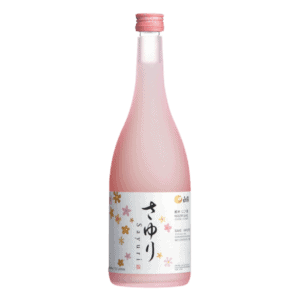
Hakutsuru Sayuri is an unfiltered, delicious, and affordable junmai that is perfect for beginners. And the light pink bottles are the ideal color for representing sake, which appeals to your sense of taste.
Also, it has a smooth and creamy flavor with notes of strawberry, cherry, and grape. Best serve chilled or on the rocks.

Hakutsuru “Junmai Ginjo” is a top-quality, junmai ginjo that is perfect for those looking to explore the world of premium sake brands. And it is one of the most popular sakes because it is light and easy-to-drink.
Plus, it can also be gently warmed up and served warm or served cold. With the fragrance described as melon, grape, and sweet sake rice.
And because of the lower alcohol concentration, it has a lighter flavor and may appeal to individuals searching for less alcohol content.
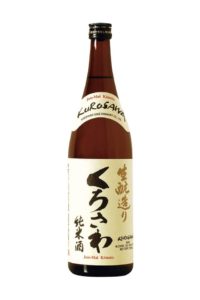
Kurosawa “Junmai” is from the Nagano Prefecture. And it’s a smooth and mellow Junmai that is perfect for beginners. Because it’s elegantly smooth, full-bodied, and has a refreshing flavor.
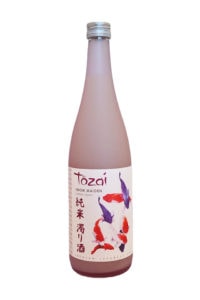
Tozai “Snow Maiden” is a Junmai Ginjo that has a lovely rice and fruit combination with bright and fresh scents. And this fruity sake is full-bodied with flavors of honeydew melon and a creamy finish.

Hello Kitty “Nigori” is a sweet, unfiltered cloudy sake that is perfect for any Hello Kitty fan in your life. And this pink bottle contains all things Hello Kitty in a delightful drinking experience.
There is a cloudy appearance and sweet rice aroma. And on the palate, it has fruity notes with fresh strawberries and whipped cream. Best served chilled.
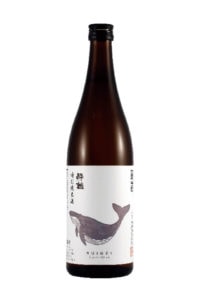
Suigei, which means Drunken Whale, is named after a military leader from Kochi Prefecture in the Edo period who was fond of food and drink.
And this versatile sake is made with high-quality rice and pure water. With the end product having a clean, smooth taste with an earthy flavor and accentuates rice flavors.
Finally this wine can be served chilled, room temperature, or warmed. And it pairs well with many Japanese dishes.
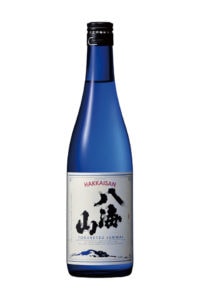
Tokubetsu means “special” in Japanese. Because the water used in its brewing comes from the snow that melts off Mount Hakkai’s peak. And the dry body is followed by a mild and creamy texture with flavors of almond and vanilla.
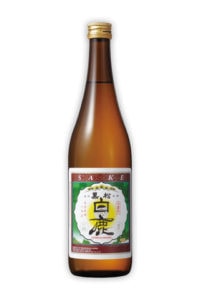
Fresh, mild, and versatile, which makes it a classic. And it’s a wonderful introduction to the world of sake, plus it’s enjoyable right up until the very end.
For beginners, it’s a good place to start if you’ve never tasted this Japanese delight before. This can be served warm or cold.
It pairs well with many Japanese dishes including sushi, teriyaki, tempura, tonkatsu, and yakitori.
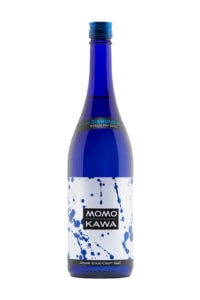
The 2017 World Sake Challenge saw “Diamond” Junmai Ginjo from Hiroshima win silver. One of America’s 1st sake brands (made in Oregon) commercially successful brewery is marked by its unrivaled commitment to quality.
This wine is medium-dry, crisp with a combination of fall fruits like green apple and pear.

Okunomatsu “Tokubetsu Junmai” is a junmai that is a delicious, toasty premium dry sake with great balance. And it has a slightly dry taste with a pleasant scent, making it an enjoyable beverage.
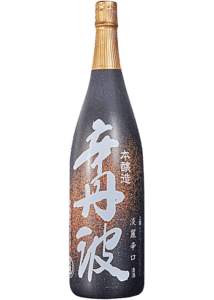
The Tamba Toji (brewmaster) created Ozeki Karatamba, the masterpiece. Their unique brewing method producing a full-bodied, rich taste that feels smooth on the palate. And it also cleanses and sharpens your palate, leaving it with a crisp finish.
Finally, it’s a fantastic choice for any occasion or cuisine.

It is the best-selling sparkling sake on the market. A lovely, bubbly with a peachy aroma and mild sweetness. Similar to a sparkling wine, it goes through a secondary fermentation process. And the effervescence and fruity flavors are complemented by a crisp acidity, which makes for wonderful sweet taste.

Dassai is the 1st sake brand to popularize premium Japanese sake. And this bottle is widely regarded as one of the finest sakes available, made by one of the best brands. It is made from rice that has a polishing ratio of only 23%. Thereby, making this one of the most rice polished sakes in Japan.
And the flavor is as delectable as the scent, with a nose of floral flavors, strawberries, and mineral water.
If you like the best, you will like Dassai “23”!
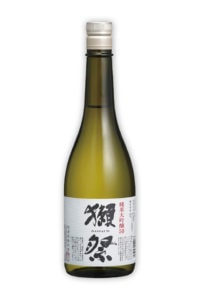
Dassai is one of the most popular sake brands in the world producing high quality sake.
Dassai made it possible for you to enjoy premium, high-quality Junmai Daiginjo sake at a low price. This exquisite bottle is found at a few of the world’s best restaurants. For example, Sushi Nakazawa a Sushi restaurant in NYC serves this by wine glass, sake cups, or bottle.
And with a light, balanced flavor profile, it’s clean and easy to drink.

The beautiful white bottle shines on its own on any shelf without being too showy.
And the 3-year aging process takes place in an airtight compartment next to enormous amounts of chilly, mountain snow. This traditional aging approach enhances the already delicious flavor with a smoother texture and is sweetened by the undertones of pear.
Thus, making one of the most fantastic sakes under $100.
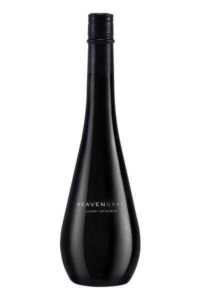
A collaboration between Regis Camus, a French wine cellar expert, and Japan’s top producers. This unique, smooth, and elegant black bottle stands out on its own and is a private-labeled bottle made by the Dassai brewery.
And the delicate scent has green apple blossom scents with a hint of grapes, red berries, and pears. This results in a magnificent and luxurious flavor combination for this rich sake.
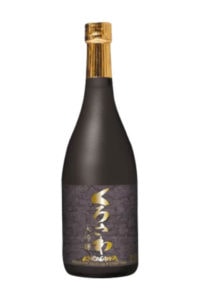
This bottle was specially brewed to celebrate the 10th Anniversary introduction of Kurosawa Brewery to the United States.
The Miyama Nishiki rice, with a polishing ratio of 49 percent and artisan manufactured by genuine Japanese practices, is a medium-grain sake rice.
And this well balanced wine has pear, creamy, and flower undertones with a incredibly smooth and delicate texture.

Sake is a Japanese rice wine, and Japan’s national drink, that has been brewed in Japan for centuries. The brewing process uses traditional methods and can be enjoyed either cold, room temperature, or heated. And most sake has a light, refreshing flavor that pairs well with many Japanese dishes like sushi.
Plus, there are many different types available, each with its own unique flavor profile. Therefore becoming a popular drink in Japan and increasingly popular in the United States.
Junmai is a type of sake that is made from rice that has been polished so only a certain percentage of the grain remains. And this type of is considered to be premium and has a more complex flavor profile than other types. Additionally, there are many different brands of Junmai available, each with its own unique flavor profile.
Daiginjo is a type of premium sake that is made from rice that has been polished so only a very small percentage of the grain remains.
And this type has a more complex flavor profile than other types and is considered to be the best quality available.
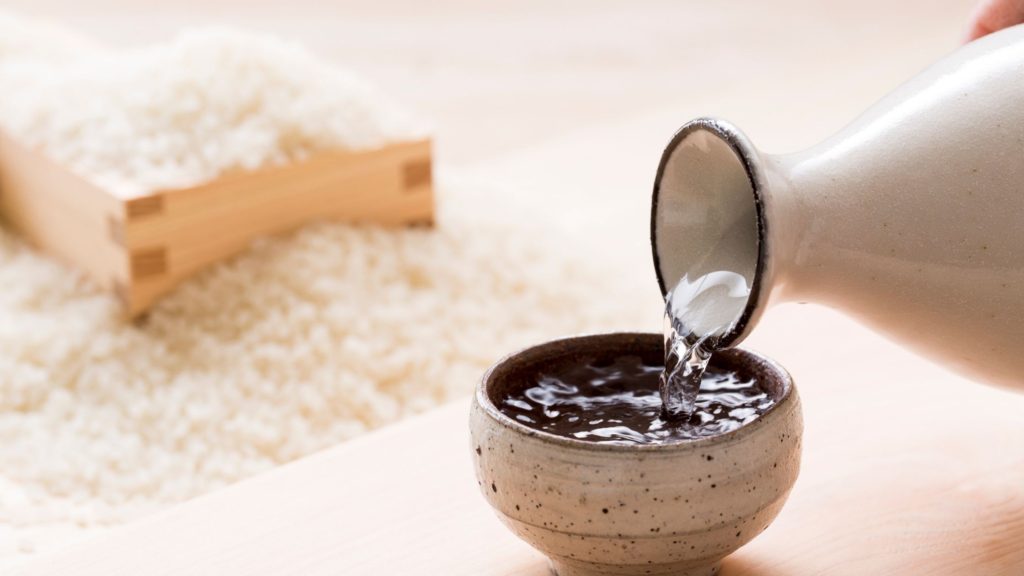
It is made from polished rice, water, and koji (a type of mold).
The rice polished is to remove the bran and germ, which contains the oils and proteins that can lead to spoilage. And the water is boiled with the koji added to break down the starches into sugars.
Then the rice, water, and koji are then fermented for a period of time.
It can be brewed using either lactic acid or yeast fermentation.
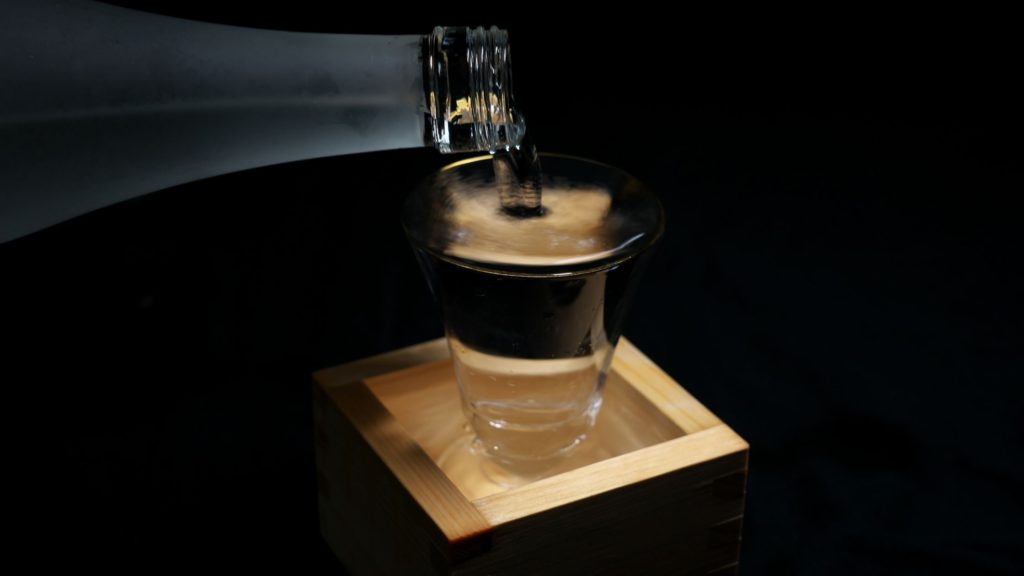
The history of Japan’s national beverage started with early brewers who brewed their beers with rice. However, as brewing became more widespread throughout Japan, beer making became a profession and rice was no longer used.
As time went on, over the course of over 2000 years, sake evolved slowly through the hands of sake brewers who strived to figure out new ways to produce higher quality sake.
By 1637 Japan had entered what is called the “Edo period” which marks the beginning of the modern day sake brewing process. Over the next 300 years brewers focused on refining their techniques and slowly but surely, it became one of Japan’s national beverages.
Today, it is now understood that Sake was first made in 712. With the drink mainly drunk by Buddhist monks and it wasn’t until the 14th century that it became a mainstay of Japanese culture.
And it spread to the lower classes in Japan during its growth, but it did not reach its current state for quite some time.
The best-selling one at this time was called “Futsū-shu” which was a cheaper sake that lacked the refinement of others which were more expensive. And this separation is what created a divide between cheap mass-produced and higher quality, refined sake.
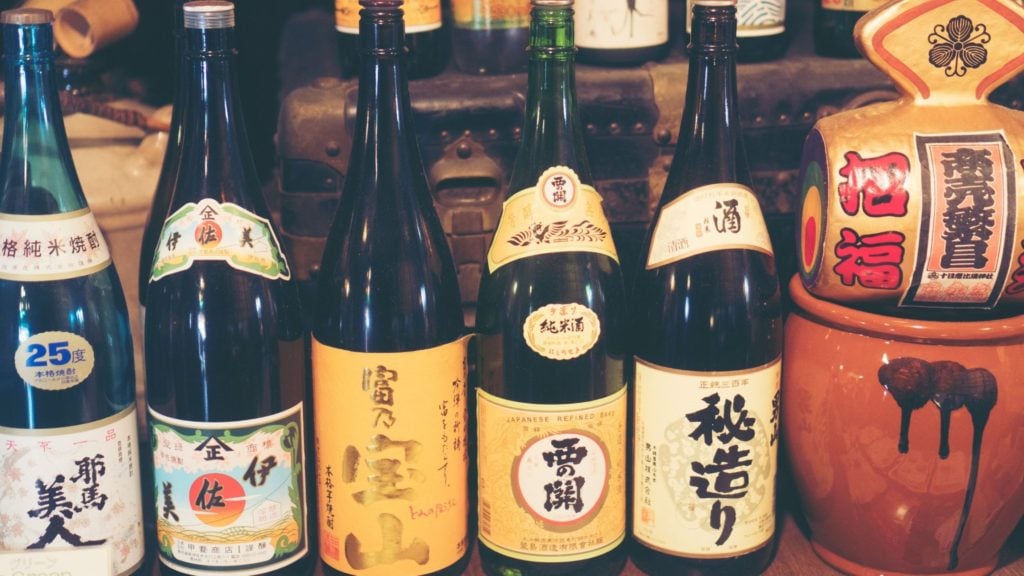
There are three main types of sake varieties: Junmai, Honjozo, and Ginjo.
Because it has a delicate and diverse flavors that can be enjoyed by both beginners and experts alike. And it is relatively inexpensive compared to other types of alcohol. Furthermore it has a low alcohol content which makes it perfect for social occasions.
And the different types offer a variety of flavors that can be matched with food or enjoyed on its own. There are fragrant sake, aged sake, floral sake, flavored sake, organic sake, so many different sake styles.
And Japanese Sake is also just a great way to explore the culture of Japan. When drinking it, you are celebrating centuries of Japanese tradition.
Lastly, it is also known for its health benefits, which include aiding in digestion, preventing cancer risks, diabetes, high blood pressure and more.
And people also say you don’t get hangovers when drinking good sake.
Every sake on the list tastes great and is perfect for both beginners and experienced drinkers.
They are all made with high-quality ingredients, offer a variety of flavors, and have low alcohol content.
So whether you’re looking to explore the sake world or want to find a high quality sake for your next gathering, these 17 bottles will surely satisfy!
OR check out our list of best white wines under $20!

Best Lunch In Napa – Our 12 Favorite Spots! Lunch is a must when you’re out wine tasting! Whether you’re in the mood for a

North Coast Wine Co. Outerbound Pinot Noir – WineO Mark Review Wine Stats Grape Variety: 100% Pinot Noir Vintage: 2019 ABV: 14% Wine Region: North Coast,
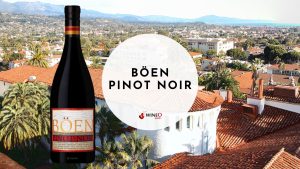
Böen Pinot Noir – WineO Mark Review Wine Stats Grape Variety: 100% Pinot Noir Vintage: 2021 ABV: 14.6% Wine Region: California Flavor Profile: Cherry, raspberry, blackberry,

Merry Edwards Sauvignon Blanc – WineO Mark Review Wine Stats Grape Variety: 100% Sauvignon Blanc Vintage: 2022 ABV: 14% Wine Region: Russian River Valley, California

The Hess Collection Allomi Chardonnay – WineO Mark Review Wine Stats Grape Variety: 100% Chardonnay Vintage: 2019 ABV: 14.3% Wine Region: Napa Valley, California Flavor Profile:

Stags’ Leap Chardonnay – WineO Mark Review Wine Stats Grape Variety: 100% Chardonnay Vintage: 2022 ABV: 14.1% Wine Region: Napa Valley, California Flavor Profile: Oak, vanilla,

Godeval Cepas Vellas Godello – WineO Mark Review Wine Stats Grape Variety: 100% Godello Vintage: 2021 ABV: 13% Wine Region: Valdeorras, Spain Flavor Profile: Peach,

Félix Solís Mucho Más Tinto N.V. – WineO Mark Review Wine Stats Grape Variety: Tempranillo, Syrah Vintage: Non-Vintage ABV: 14% Wine Region: Spain Flavor Profile: Vanilla,
